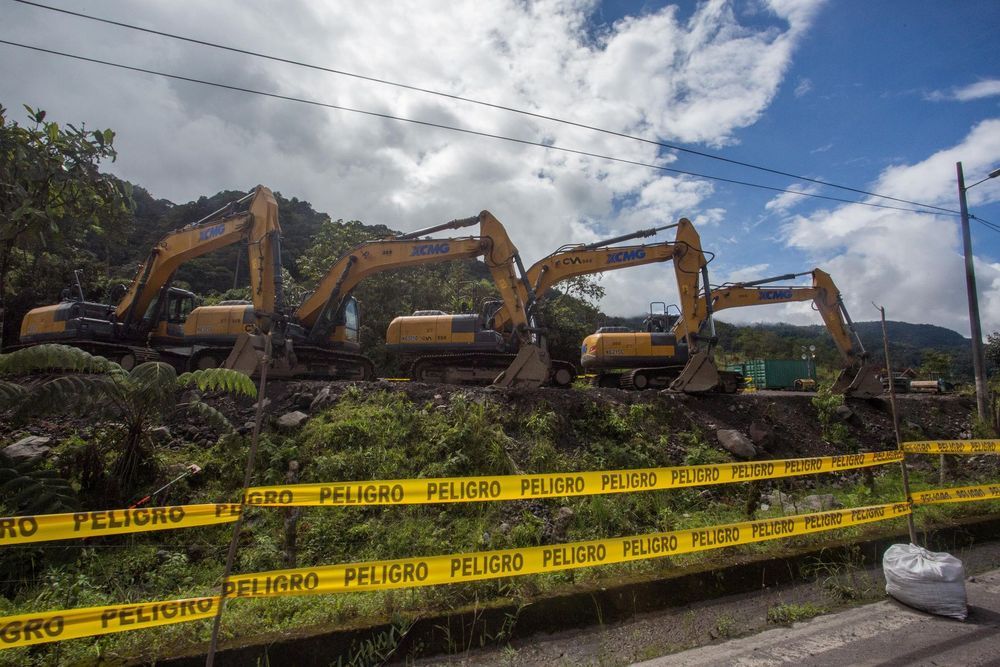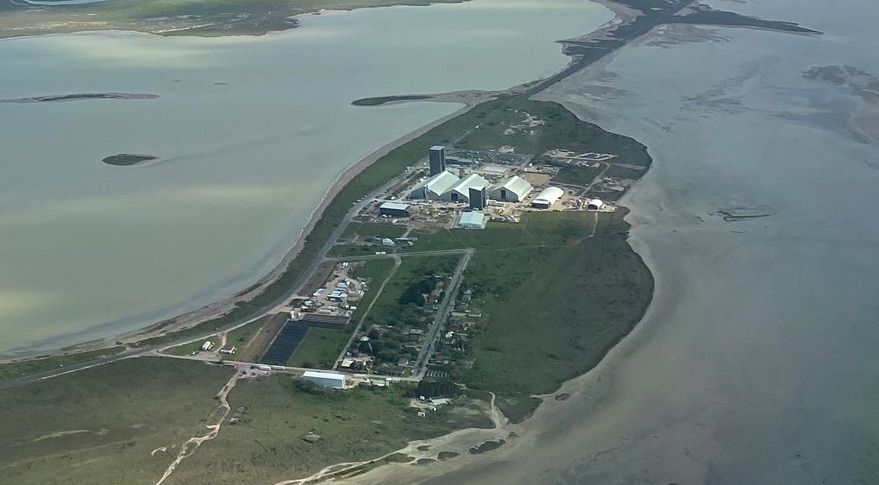MILLIONS MORE are going to die before the covid-19 pandemic is over. That is the stark message of Bill Gates, a co-founder of Microsoft and one of the world’s largest philanthropists via the Bill & Melinda Gates Foundation, in an interview with Zanny Minton Beddoes, The Economist’s editor-in-chief, in early August. Most of these deaths, he said, would be caused not by the disease itself, but by the further strain on health-care systems and economies that were already struggling.
But he offered reasons for hope in the medium term, predicting that by the end of 2021 a reasonably effective vaccine would be in mass production, and a large enough share of the world’s population would be immunised to halt the pandemic in its tracks.
1) If “Most of these deaths, he said, would be caused not by the disease itself, but by the further strain on health-care systems and economies that were already struggling.”, how will a vaccine at the end if 2021 magically change that? 2) No one knows what will happen in the future, but one knows what one wants to happen. It is called a plan for 2021, not a prediction of 2021. 3) What about treatments?









